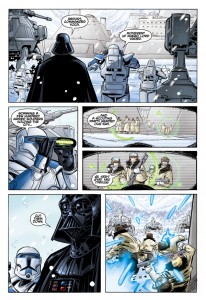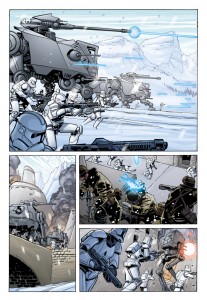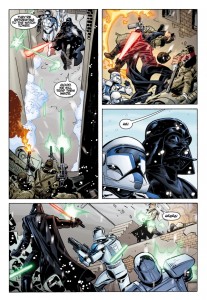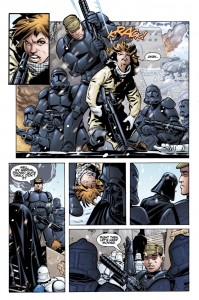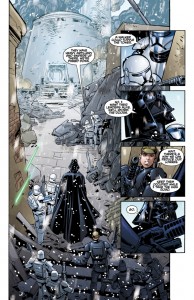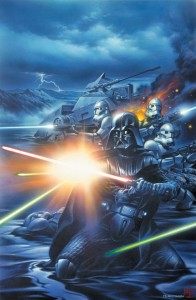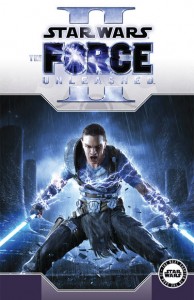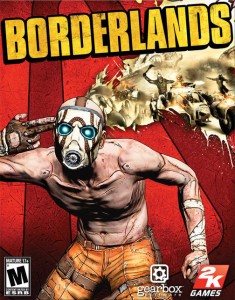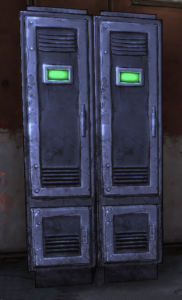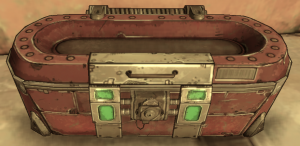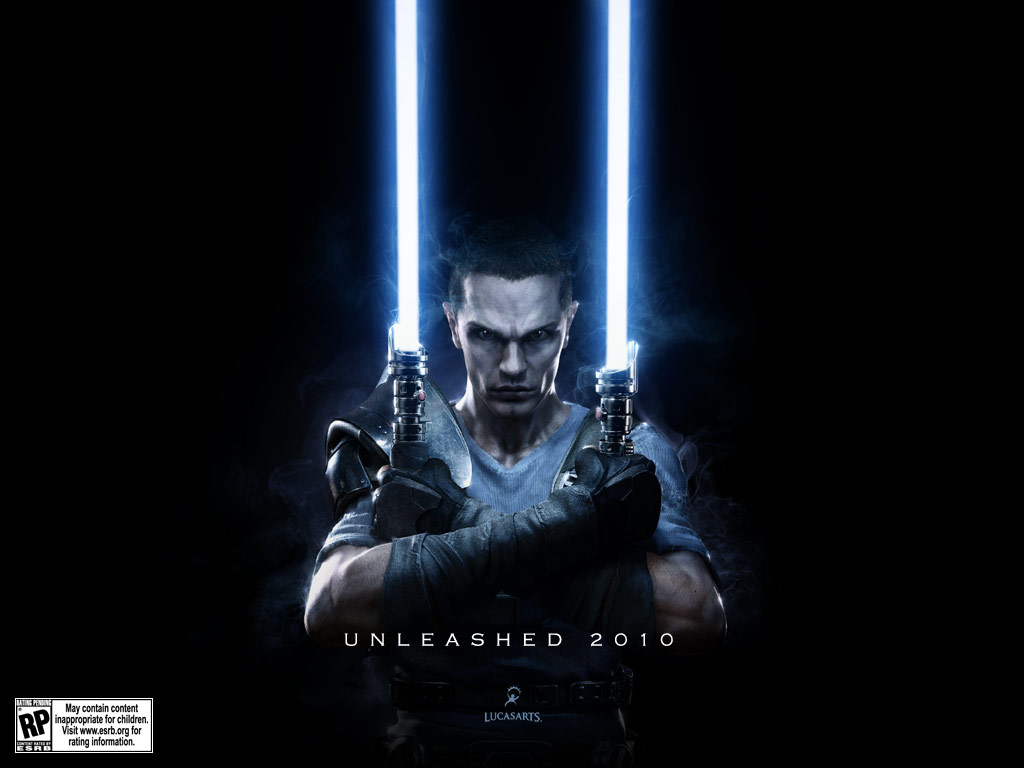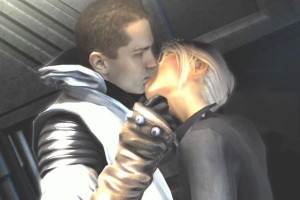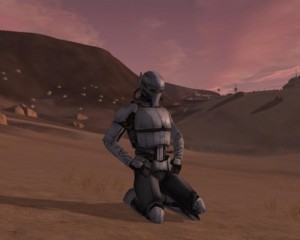 After an eight year run, SOE and LucasArts recently announced plans to shut down Star Wars Galaxies. SWG represented LucasArts’ first foray into the MMORPG space, and I was fortunate enough to be involved with the project as LucasArts’ lead producer for several years. Other, more intelligent people have already discussed the whys and wherefores of the shutdown (see: an interview with SOE’s John Smedley) and what they would have done differently (see: the aforementioned interview, and Raph Koster’s post on SWG), but even years after last touching the game, I feel a little melancholy about the news.
After an eight year run, SOE and LucasArts recently announced plans to shut down Star Wars Galaxies. SWG represented LucasArts’ first foray into the MMORPG space, and I was fortunate enough to be involved with the project as LucasArts’ lead producer for several years. Other, more intelligent people have already discussed the whys and wherefores of the shutdown (see: an interview with SOE’s John Smedley) and what they would have done differently (see: the aforementioned interview, and Raph Koster’s post on SWG), but even years after last touching the game, I feel a little melancholy about the news.
I left the project in late 2004, right after the launch of the add-on Jump to Lightspeed in order to begin concept development on a number of new Star Wars projects (one of which eventually became The Force Unleashed). At that time, the only way to focus on my new projects was to completely divorce myself from SWG, so we hired someone to take my place and I moved my office to another part of the building, then went through my own private mourning period while the rest of the team moved on with evolving the game. But I guess this is like hearing that a girl you thought you were over just got married; it gets you thinking, about all the good and all the bad, all the things you learned and did right, and all the things you could have done differently.
My last act before leaving the project was to write up a detailed post-mortem — basically a list of things we should and could have done better, but also the things that went well and we did “right” for future reference. I have no idea what happened to that document, but I know that much of the high-level feedback agreed with John and Raph’s thoughts (we should have launched with space flight already part of the service, combat needed more time to bake and more polish, etc.). Personally, the one thing I’d really love to change is how we treated Jedi and Sith, which were rare in the game, something you really had to work very hard to unlock. There were a lot of reasons we had to go that way (and ironically, this is is now a pretty common design in (allegedly) free-to-play games), but we should have found a way to make those characters more widely available at launch.
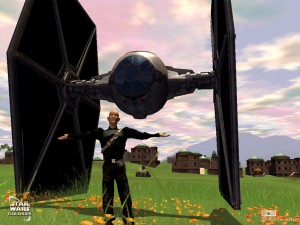 However, looking back now (perhaps through rose-colored glasses, I’ll admit), I feel that the game changed the MMO landscape, everyone who played it, and everyone who worked on it for the better. I have always believed that the in-game community-building tools are still unmatched in the MMO space; and Raph is right when he stresses the importance of the game’s sandbox design. But in the end, SWG wasn’t just a collection of mechanics and design theories. The love and passion that the team put into the game resulted in something capable of eliciting a wide range of emotions (call it “art” if you want; I do). I will never forget the awe I felt the first time I spotted a massive Krayt dragon lumbering along the Tatooine desert; the excitement of entering the swamps of Naboo; the sense of camaraderie when swapping stories in a cantina; my sheer amazement at the creativity on display when players started hosting their own events and building stores and cities… The game always felt alive to me, a real organism that started to evolve on its own as soon as we had the first prototypes up and running.
However, looking back now (perhaps through rose-colored glasses, I’ll admit), I feel that the game changed the MMO landscape, everyone who played it, and everyone who worked on it for the better. I have always believed that the in-game community-building tools are still unmatched in the MMO space; and Raph is right when he stresses the importance of the game’s sandbox design. But in the end, SWG wasn’t just a collection of mechanics and design theories. The love and passion that the team put into the game resulted in something capable of eliciting a wide range of emotions (call it “art” if you want; I do). I will never forget the awe I felt the first time I spotted a massive Krayt dragon lumbering along the Tatooine desert; the excitement of entering the swamps of Naboo; the sense of camaraderie when swapping stories in a cantina; my sheer amazement at the creativity on display when players started hosting their own events and building stores and cities… The game always felt alive to me, a real organism that started to evolve on its own as soon as we had the first prototypes up and running.
But when I am old and senile, and I can no longer remember the names of servers and cities, when I’ve forgotten about the first time we could wield a lightsaber in-game and the day we generated our first terrain, when I can’t tell a Mon Calamari from a Bothan, I will always fondly remember the sense of belonging that came from being part of the SWG community; from the moment we opened up the forums to the first fan fests, I was always truly honored and humbled to be a member of that very special group. I know that is what I will always miss the most.

